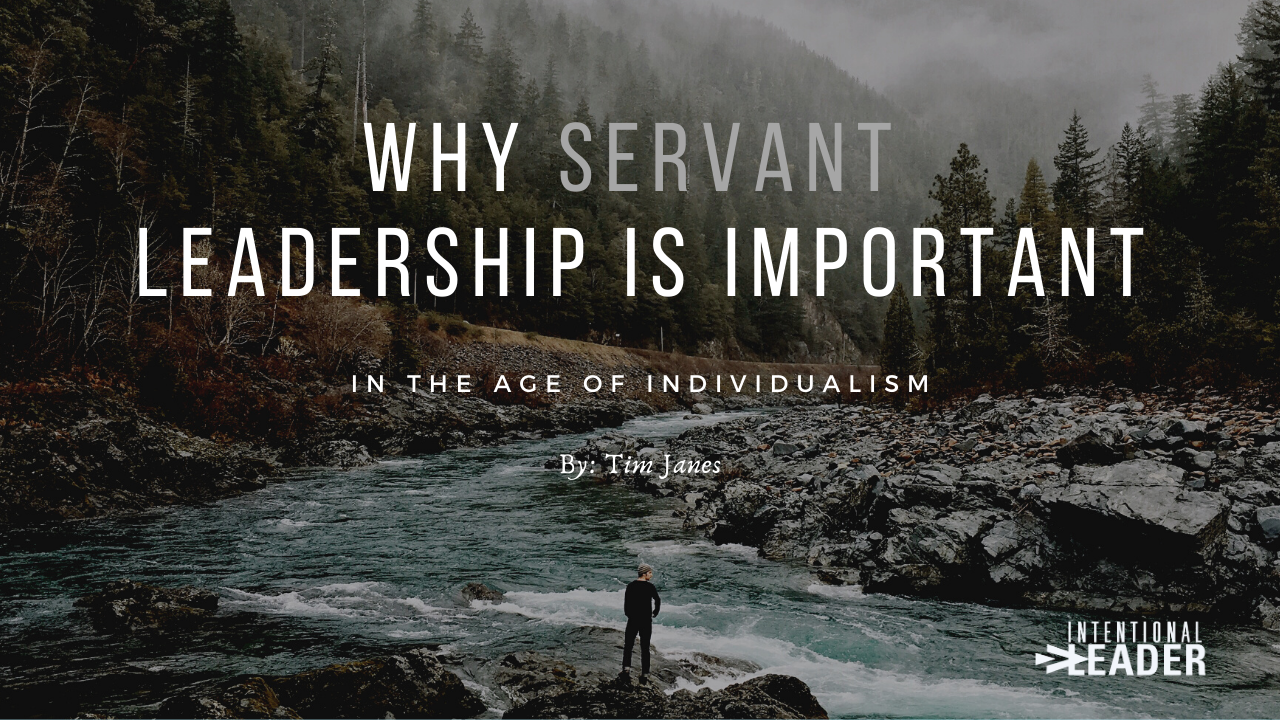One Idea Leaders Should Take Away from the “Hippocratic Oath”
By: Wes Cochrane
As leaders, recognizing that we lead human beings, and not robots, we need a simple ethical foundation that animates our daily practice of leadership. We would all be wise to borrow from the medical profession’s embrace of the ethical principle of primum non nocere; Latin for “first, do no harm.”
For centuries, Western physicians embraced the “Hippocratic Oath” – an ancient, 4th century BC expression of medical ethics – best remembered for the notion that physicians should “first, do no harm.” While most modern medical students no longer recite the Hippocratic Oath specifically, according to a 2011 article in the Journal of the American Medical Association, most medical schools in the U.S. had oath ceremonies for their graduates. A 2015 survey of all accredited U.S. medical schools determined that 100% of all the respondents reported having oath ceremonies for their graduates during which they recited a code of ethics. The spirit of “first, do no harm” remains at the heart of these ethical expressions (see, for example, the 2019 Oath for Harvard Medical School graduates).
When you consider the role of a physician or surgeon, doing no harm is more than avoiding a “bad thing” for their patients. It’s more profound than that. A surgeon, for example, will inflict momentary trauma to her patient’s body as she ultimately works to set the conditions for that body to heal. The scalpel inflicts pain en route to promoting healing. The cardiothoracic surgeon, performing open heart surgery, cuts into the cavity that houses the most important muscle in the body. The oncologist administers chemotherapy treatments to her cancer patients; treatments that sap their energy, weaken their bodies, and leave them feeling utterly drained–all in an effort to terminate the threat of cancerous cells.
No doubt, physicians are well acquainted with causing pain. There is a key difference, though, between causing pain and causing harm. The physician acts to ameliorate, to improve. They act with their patients’ best interests in mind.
Leaders need to embrace this simple, but profound idea of first, do no harm. Likely, no one disagrees with the assertion that good leaders get results. However, if our understanding of effective leadership begins and ends with merely getting results, our lives, our families, and our teams will run astray. After all, poor leaders can still get results–even masterful results.
The problem is that such leaders risk leaving collateral damage in their wake. In short, they risk harming the very people they are charged to lead. I know from experience.
I used to be an Army prosecutor. The vast majority of my cases involved allegations of domestic violence, rape, sexual assault, and child abuse. These were often painful fact patterns and difficult cases. Domestic violence, in particular, was challenging because often alleged victims would recant their prior allegations, even in the face of powerful direct and circumstantial evidence. This reflects the sad, but not uncommon, dynamic of intimate partner violence–a scenario where victims often feel stuck living with their abusers. All of the prosecutors in my office took these cases seriously.
That said, pressing forward with recommendations to court-martial (i.e., prosecute at trial) soldiers is no small thing–a prosecutor should be able to say, with a straight face, that there is not merely probable cause that a soldier committed the alleged crimes, but there is a viable pathway to conviction (i.e., that there is sufficient admissible evidence to prove the accused’s guilt beyond a reasonable doubt). Recognizing the gravity (for both victim and accused), this led to disagreements within our team. Sometimes, prosecutors saw the evidence or the severity of the offense(s) differently, which led to multiple, reasonable recommendations (e.g., court-martial or something less severe).
On one occasion, as a supervising prosecutor, I found myself in a disagreement with one of my fellow prosecutors over the severity of a domestic violence case and the recommendation our team would make. My colleague felt the allegations and evidence didn’t warrant court-martial charges. I disagreed. The issue was not who was right (because ultimately, we could capture the various recommendations, identify that there was some internal disagreement, and present the options for a decision-maker to weigh in on). The issue was how I handled the disagreement in the first place. It didn’t go well…
Long story short, to my shame, it ended with me stating aloud that if my colleague couldn’t get behind prosecuting this case, I couldn’t see how my colleague could prosecute any domestic violence case… phew… To my colleague, a consummate professional, my comment was an unmitigated slap in the face.
Completely unwarranted. Completely unfair. Completely unkind. Blatantly poor leadership.
We all left the office that Friday afternoon. I drove home in complete silence; my mind replaying, over and over, how stupid and hurtful I was. I felt convicted all evening, the next morning, and later that afternoon. Sometime that Saturday or Sunday, I reached out and directly apologized for my insensitive, foolish comment. Thankfully, my colleague had the maturity to respond to me, affirm the hurtfulness of the comment, and, nonetheless, forgive me. We successfully moved beyond that Friday afternoon, but I had still done harm as a leader. I had demonstrated a lack of self-control and elevated achieving a particular result above caring for a person.
How do Leaders “First, do no Harm?”
Like the physician working on her patient, leaders cannot be afraid to cause pain or minor trauma to their teams as they work through friction and resolve conflict en route to accomplishing their organizational goals and imperatives. That said, leaders should first, do no harm.
However, doing no harm as a leader is not the same as never rocking the boat, never causing pain, and never causing disagreement. Further, doing no harm doesn’t mean avoiding frustrating somebody. Imagine having to counsel a subordinate through a poor performance or hold a teammate accountable for not meeting a necessary standard. These are not easy conversations and can often be uncomfortable. Nevertheless, just because they may be painful does not mean that they are harmful.
On a healthy team, there will be freedom to disagree and freedom to have productive conflict. Leaders should invite this because the momentary pain or discomfort of conflict (even difficult, and perhaps frustrating, debate) is worth the benefit to the organization. The momentary pain promotes longer term health. For example, author Patrick Lencioni writes in his book The Advantage that:
The reason that conflict is so important is that a team cannot achieve commitment without it…The truth is, very few people in the world are incapable of supporting a decision merely because they had a different idea. Most people are generally reasonable and can rally around an idea that wasn’t their own as long as they know they’ve had a chance to weigh in. But when there has been no conflict, when different opinions have not been aired and debated, it becomes virtually impossible for team members to commit to a decision, at least not actively.
Unlike what Lencioni depicts, my example of poor leadership, detailed above, went beyond appropriate conflict and became harmful. My words and conduct were a violation of the principle of first, do no harm, and a clear example of forgetting that the person on the receiving end of my words was a human being, not a robot.
It’s worth quoting the former Academic Dean of the School of Medicine at Tufts University, Dr. Louis Lasagna, who, among other accomplishments, was famous for penning a 1964 update to the original Hippocratic Oath. In Dr. Lasagna’s more modern version of the Oath, he writes, “I will remember that I do not treat a fever chart, a cancerous growth, but a sick human being, whose illness may affect the person’s family and economic stability. My responsibility includes these related problems, if I am to care adequately for the sick.”
I can’t think of better words to adopt if I were to begin penning a leader’s “Hippocratic Oath.” As leaders at any level, we have the solemn responsibility to remember that we’re not leading or managing robots (i.e., the “fever chart” or “a cancerous growth”). In the Army, a rifle platoon leader (PL) is not merely leading a “squad leader” or a “machine gunner” or a “radio operator.” That PL is leading human beings. In other industries, leaders aren’t responsible merely for warehouse workers or sorters or drivers or tellers or electricians or secretaries or nurses or teachers or salespeople or junior associates or clerks or managers or attendants or directors. The people we lead and interact with on a daily basis are infinitely more than their productivity, their titles, or the functions they play in the organization. They are mothers, fathers, sons, daughters, friends, neighbors, volunteers, etc. Whether we’re conscious of it or not, those we lead know if we view them as a person or just another object–another company asset. Accordingly, if we want healthy long term outlooks for our organizations, reminding ourselves of the burden of leading ethically, on a daily basis, is vital.
So, if you take anything away from the medical community’s ethical expressions founded on that ancient Hippocratic Oath – remember, primum non nocere – first, do no harm. Remember that the employees in our charge and the colleagues in our orbits are more than their functions–they’re not robots. The way we treat them will echo in their families, their communities, and their lives.
If you’re interested in growing in your leadership practice, we want to give you a gift. Just click the link below to download a free 12-page PDF full of powerful, actionable ideas and concepts from some of our previous guests on the Intentional Leader Podcast. These pages are bullet points, not lengthy text—perfect for a quick hit of inspiration in your leadership journey.
Wes is passionate about leadership development and is a gifted speaker, coach, and teacher. Wes recently spent the last two years as a military prosecutor at the 82nd Airborne Division, where he was consistently praised for his advocacy skills by seasoned trial practitioners.
Wes is a graduate of the United States Military Academy at West Point, the University of Richmond School of Law, and the US Army’s Ranger, Airborne, and Air Assault schools. Prior to attending law school, Wes served as an infantry officer in the US Army where he led a rifle platoon, served as the second in command of an infantry company, and deployed to Afghanistan. He is now a major in the Army and is attending the Graduate Course at the Judge Advocate General’s Legal Center and School in Charlottesville, VA.
Wes and his wife, Anne, have three children.








